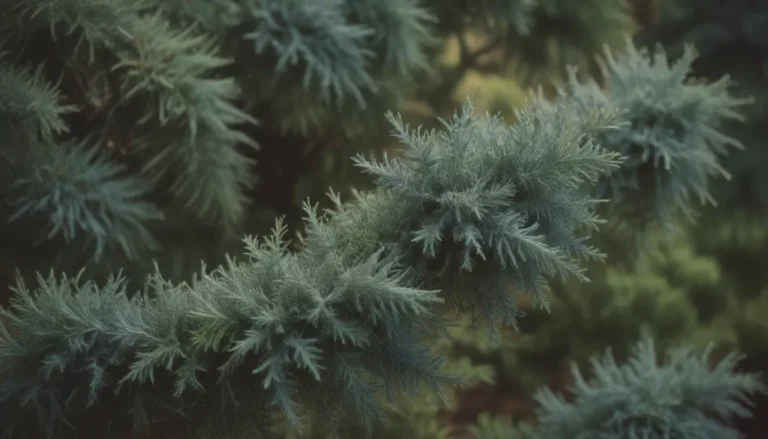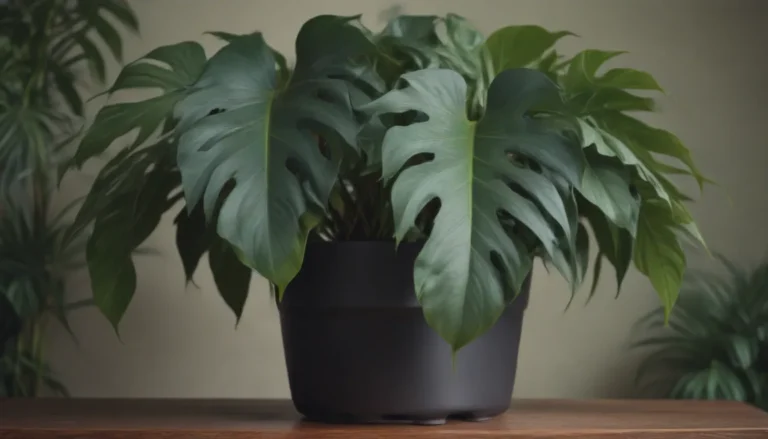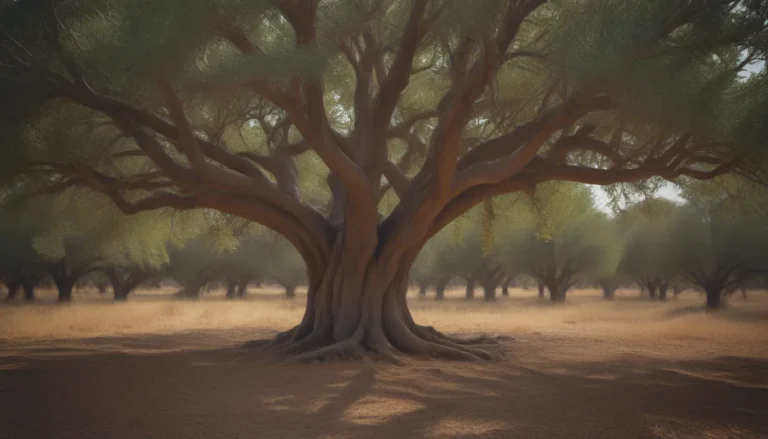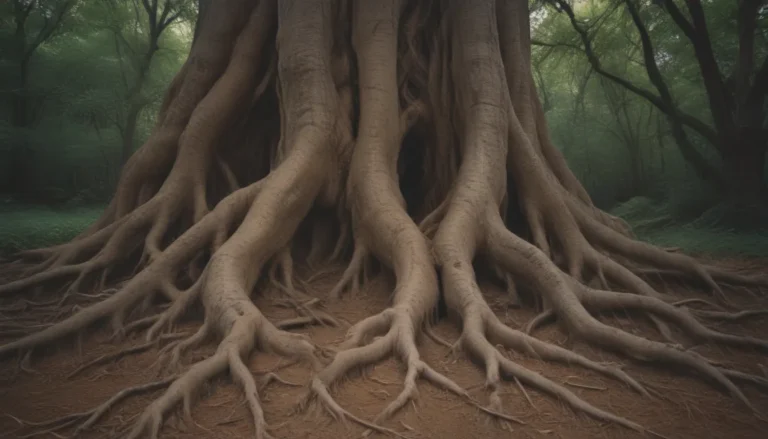Dive into Landscape Design: A Comprehensive Guide for Beginners

Are you ready to transform your outdoor space into a beautiful oasis? Whether you’re looking to enhance your front yard’s curb appeal or create a relaxing garden retreat, understanding the basics of landscape design is key. By following some simple guidelines, you can create a harmonious and visually appealing landscape that is both sustainable and balanced. In this in-depth guide, we’ll cover everything you need to know to get started on your landscape design journey. Let’s dive in!
The Basics of Landscape Design
When it comes to landscape design, there are a few key principles to keep in mind. The goal is to create a cohesive and aesthetically pleasing outdoor space by incorporating elements such as color, line, texture, and scale. Here are some essential tips to help you get started:
Hardscape vs. Softscape
- Hardscape: Non-living elements such as rocks, walls, patios, arbors, and water features.
- Softscape: Living elements such as gardens, lawns, shrubs, and trees.
A successful landscape design will incorporate both hardscape and softscape elements to create a balanced and visually appealing outdoor space.
6 Basic Principles of Landscape Design
When planning your landscape layout, consider the following six basic principles of landscape design:
Proportion
Proportion is about ensuring that the size of individual components or groups of components in your landscape is consistent with the overall design.
Transition
Smooth transitions between different elements in your landscape are essential for creating a cohesive and visually pleasing design.
Unity
Unity in a landscape design is achieved when all elements work together harmoniously to create a cohesive and unified look.
Rhythm
Rhythm is about creating a patterned repetition of elements in your landscape to guide the viewer’s eye in a specific direction.
Balance
Balance refers to the visual weight and consistency of elements in your landscape. By balancing different sizes, shapes, and colors, you can create a harmonious design.
Focalization
Focalization involves directing the viewer’s attention to a specific focal point in your landscape without it feeling jarring.
Incorporating these principles into your landscape design will help you create a stunning outdoor space that is both visually appealing and functional.
Types of Landscapes
Before you start designing your landscape, consider the type of landscape you have and the plants that will thrive in your region. Here are three common types of landscapes to consider:
- Mountain Landscapes: Ideal for areas with higher elevations and cooler temperatures.
- Flat Landscapes: Common in regions with flat terrain and moderate climates.
- Coastal Landscapes: Suited for coastal regions with saltwater exposure and high winds.
Understanding the type of landscape you have will help you choose the right plants and design elements for your outdoor space.
How to Design a Landscape
When designing your landscape, consider incorporating the following basic elements:
Color
Color is a crucial element in landscape design. Use a mix of warm and cool colors to create contrast, or stick to a unified color palette for a cohesive look.
Form
Consider the shape and structure of plants when planning your landscape design. Trees, shrubs, and other plants come in various shapes that can add visual interest to your outdoor space.
Texture
Texture refers to the visual quality of plants in your landscape. Mixing plants with different textures can add depth and variety to your design.
Line
The arrangement of borders and plant groupings can influence the viewer’s eye movement in your landscape. Use lines to create visual interest and guide the viewer’s gaze.
Scale
Scale is about the size of components relative to each other in your landscape. Consider the size of your outdoor space when choosing plants and design elements.
By incorporating these elements into your landscape design, you can create a visually appealing and functional outdoor space that reflects your personal style and preferences.
Landscape Design Inspiration
One of the best ways to gather ideas and inspiration for your landscape design is to look at completed projects and landscaping photos. By studying different styles, elements, and designs, you can get a better idea of what resonates with you and how to incorporate those ideas into your own outdoor space.
Design Ideas:
- Japanese Garden: Tranquil and minimalist design with gravel, rocks, and carefully pruned trees.
- English Cottage Garden: Informal and colorful design with a mix of flowers, herbs, and shrubs.
- Modern Landscape: Clean lines, minimalistic design, and a focus on geometric shapes and symmetry.
Exploring different types of landscape designs can help you narrow down your preferences and create a vision for your own outdoor space.
In conclusion, landscape design is a blend of art and science that requires careful planning and consideration. By understanding the basic principles of landscape design and incorporating key elements into your outdoor space, you can create a beautiful and functional landscape that enhances your home’s curb appeal and provides a peaceful retreat for relaxation and enjoyment. So grab your gardening gloves and get ready to transform your outdoor space into a stunning oasis!





